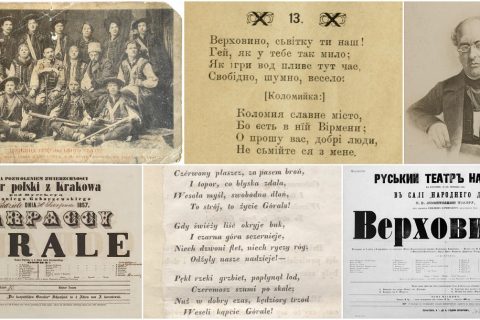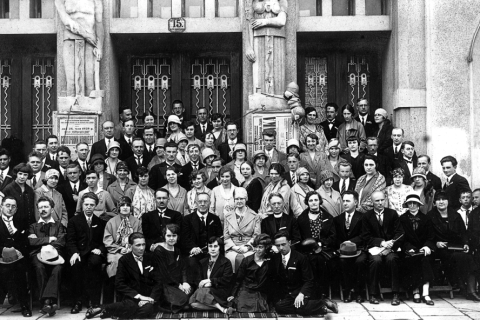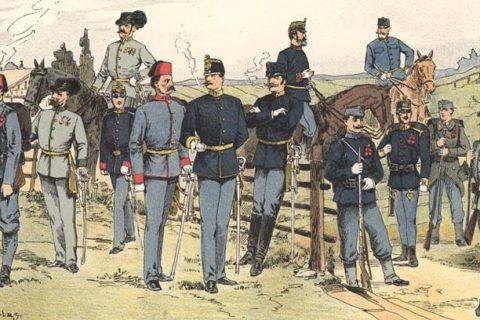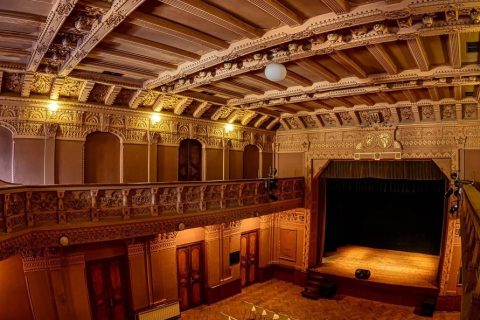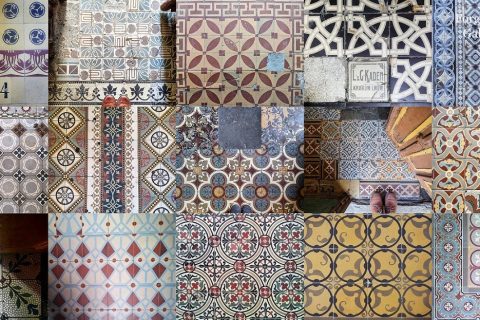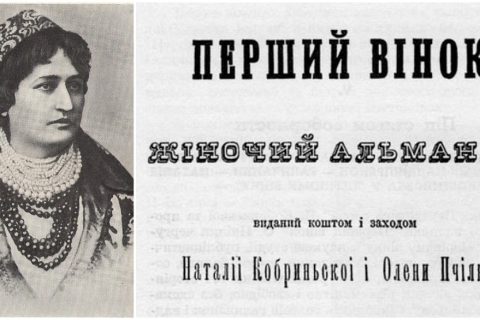How to Teach a Bear to Play the Flute: The Fairy-Tale World of Oleksa Bakhmatiuk
By Oleksandr Simchuk for Amnesia Master tilemaker Oleksa Bakhmatiuk (1820-1882) is the most famous representative of the Kosiv school of ceramics and perhaps the most successful Ukrainian artist of the nineteenth century. A lion playing with a wheel, a bear on the flute warming up a violinist, street artists dancing […]
Read More


